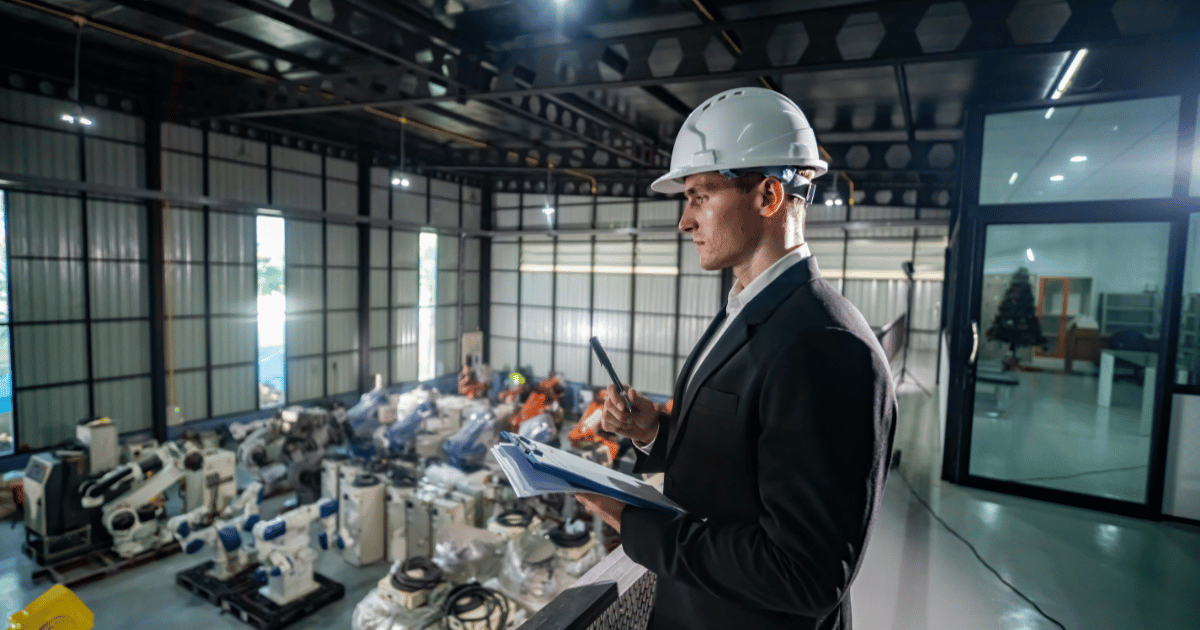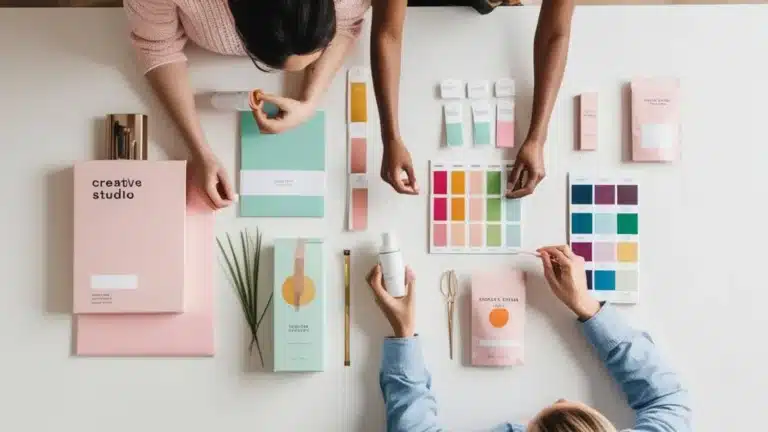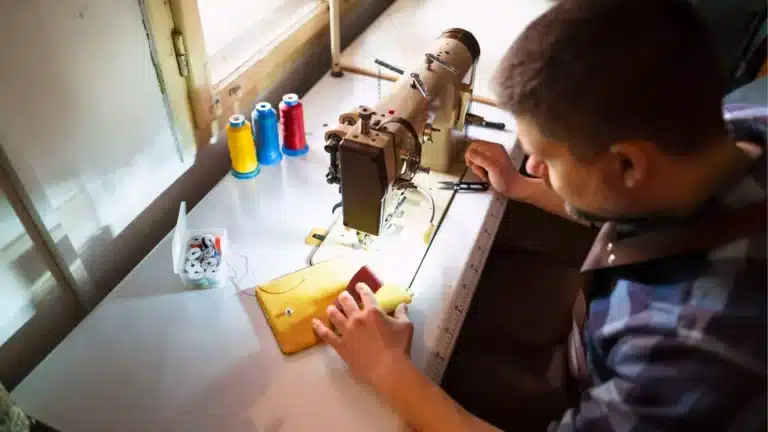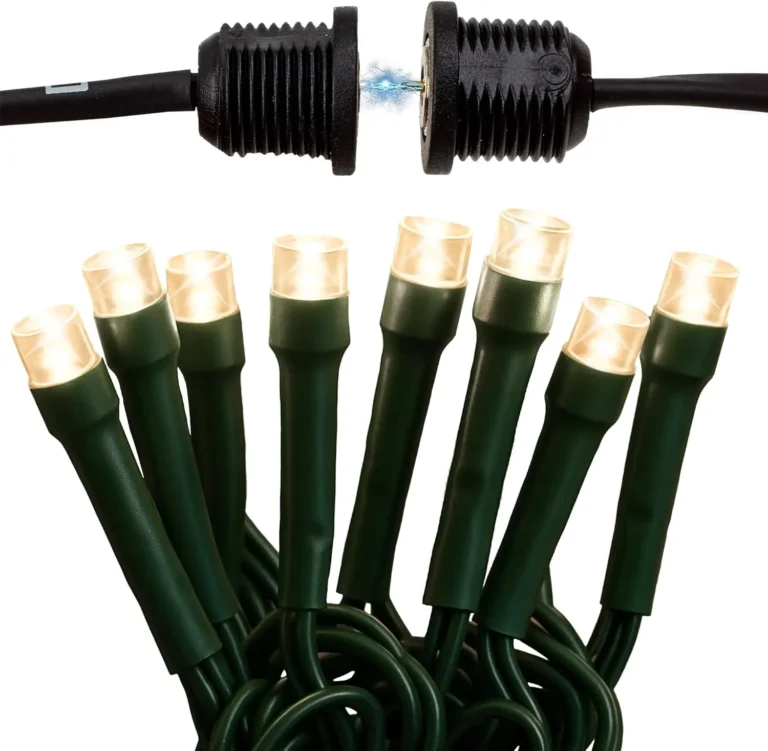Creating products that shape how we live, work, and interact with the world around us requires more than just good ideas. It demands a systematic approach that transforms concepts into tangible, manufacturable solutions that people actually want to use. This intricate balance of creativity, technical expertise, and market understanding defines the essence of industrial product design.
Creating products that shape how we live, work, and interact with the world around us requires more than just good ideas. It demands a systematic approach that transforms concepts into tangible, manufacturable solutions that people actually want to use. This intricate balance of creativity, technical expertise, and market understanding defines the essence of industrial product design.
TL;DR
Industrial product design is the multidisciplinary process of transforming ideas into manufacturable, functional, and market-ready products. It merges creativity with technical expertise, emphasizing user needs, large-scale production, and market success. The design process spans ideation, prototyping, testing, and final engineering—with trends like sustainability, AI, and minimalist aesthetics shaping the field. Gembah offers full-service support from concept to production, helping innovators bring their products to life.
Key Takeaways
- Industrial product design transforms ideas into functional, mass-producible products by blending creativity, engineering, and user needs.
- It differs from general product design by focusing more on manufacturability and scalability.
- The process includes ideation, prototyping, testing, and final engineering for market launch.
- Trends shaping the field include sustainability, AI integration, and minimalist aesthetics.
- Gembah offers full-service support from concept to production through a global design and manufacturing network.
Also Read:
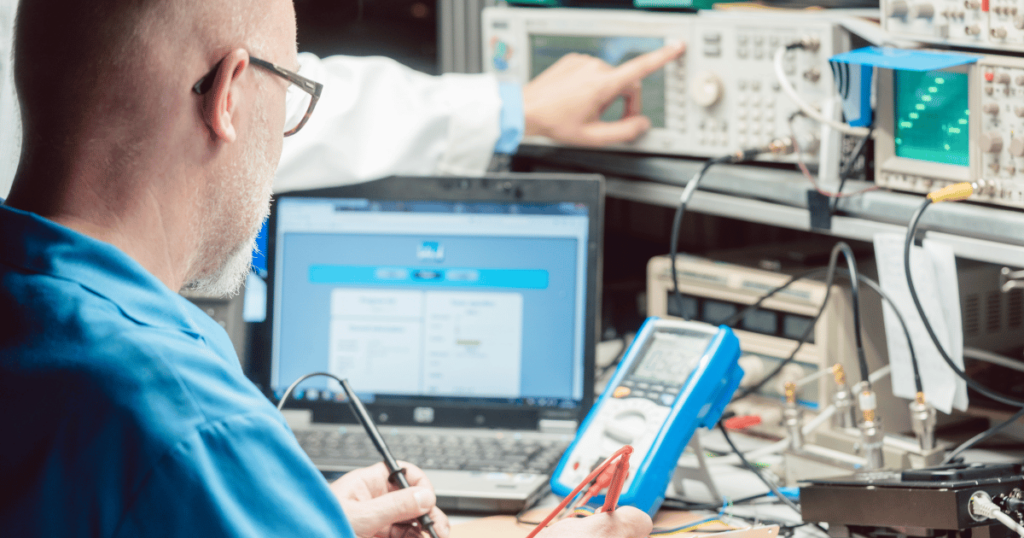
Defining Industrial Product Design
What is industrial product design? At its core, industrial product design represents the professional practice of conceptualizing, developing, and refining products intended for mass production and widespread use. This discipline goes far beyond making things look appealing—it combines creativity with technical knowledge and practical manufacturing considerations to create products that are functional, aesthetically pleasing, and viable for large-scale production.
The field draws from diverse domains including ergonomics (the study of how people interact with products for optimal comfort and efficiency), materials science, engineering, manufacturing processes, and social sciences. This multidisciplinary approach ensures products not only meet user needs but also align with market requirements and production realities. Industrial product designers must consider how people will interact with their creations, how efficiently they can be manufactured using computer-aided design (CAD) software and digital modeling tools, and how successfully they’ll compete in the marketplace.
Modern industrial product design adapts continuously to technological advancements, shifting consumer preferences, and evolving market trends. The global industrial design market was valued between approximately $42.3 billion and $49.4 billion in 2024, reflecting the substantial role this discipline plays in our economy and daily lives.
Differentiating Industrial Design from Product Design
Understanding the difference between industrial design and product design helps clarify the scope and focus of each discipline. While closely related, industrial design typically emphasizes the holistic creation and improvement of products for mass manufacturing, whereas product design often centers on developing specific solutions for user needs, which may include both physical and digital products.
Industrial design requires deeper knowledge of manufacturing processes, engineering principles, and Design for Manufacturing (DFM) practices—approaches that optimize products for efficient, cost-effective production at scale. This manufacturing focus sets it apart from product design, which may place greater emphasis on user experience, feature development, and detailed specifications—sometimes encompassing software or digital elements alongside physical products.
Both fields share foundational skills like problem-solving, sketching, prototyping, and user research. However, industrial design incorporates a broader perspective on scalability and manufacturability from the earliest conceptual stages. The collaboration between industrial and product designers often proves essential, with overlapping responsibilities in areas like concept development and user research creating synergies that strengthen the final outcome.
Significance of Industrial Product Design in Modern Industry
Industrial product design plays a pivotal role in shaping the objects we encounter daily, directly impacting how people interact with products and influencing quality of life on a global scale. The discipline drives innovation by integrating new technologies, materials, and user-centered approaches into products that must be both functional and appealing to succeed in competitive markets.
Effective industrial product design enhances product usability, market competitiveness, and brand value, contributing significantly to business success and customer satisfaction. Companies that invest in thoughtful design processes often see improved market performance, as well-designed products command premium pricing and generate stronger customer loyalty.
The field supports efficient mass production, enabling companies to deliver high-quality products at scale while maintaining cost-effectiveness. This scalability proves essential in today’s global economy, where successful products must reach diverse markets efficiently. Projections for the market size by 2033 range from $69.5 billion to $77.5 billion, demonstrating the growing recognition of design’s economic impact.
Industrial product design fosters collaboration among multidisciplinary teams, resulting in well-rounded solutions that address market demands and societal needs. This collaborative approach ensures that technical feasibility, user desirability, and business viability align throughout the development process.
The Industrial Product Design Process
Embracing Design Thinking
Design thinking forms the foundation of effective industrial product design, centering the entire process around understanding and empathizing with users to identify and solve real problems. This methodology encourages iterative development, where solutions evolve continuously based on user feedback, testing, and research insights.
The approach emphasizes creativity and open-minded exploration while ensuring concepts remain viable and feasible for production. Research activities, including user interviews, observational studies, and market analysis, inform design decisions by revealing user needs, behaviors, and preferences that might not be immediately obvious.
Design thinking balances three critical factors: desirability (what users want), feasibility (what’s technically possible), and viability (what’s financially sustainable). This balance ensures that products are not only attractive to users but also practical to manufacture and capable of sustaining themselves in the market long-term.
Key Stages of the Design Process
The industrial design process follows a structured yet flexible framework that guides products from initial concepts to market-ready solutions. Understanding this product design and development process helps businesses and entrepreneurs navigate the complexities of bringing new products to life.
Ideation
The ideation phase focuses on generating a wide range of creative ideas and potential solutions to address identified market needs or problems. This stage thrives on divergent thinking, where quantity often leads to quality as teams explore numerous possibilities without immediate judgment or constraint.
Brainstorming sessions, collaborative sketching, and structured workshops encourage diverse perspectives and capture innovative concepts that might emerge from unexpected connections. Teams often employ techniques like mind mapping, competitive analysis, and trend research to expand their thinking beyond obvious solutions. Early stakeholder feedback becomes valuable during ideation, helping teams refine directions and focus efforts on the most promising concepts while maintaining creative momentum.
Concept Development
Ideas from ideation evolve into more detailed and viable product concepts during this critical phase. Teams create sketches, preliminary 3D models, and conduct initial feasibility studies to evaluate the practicality and potential of each concept under consideration.
This stage involves significant research into materials, manufacturing methods, and technical requirements that will influence the final product. Concept validation through user testing, expert consultation, and stakeholder feedback helps ensure alignment with product vision and market demands. Successful concept development requires balancing creative ambition with practical constraints, setting the foundation for subsequent prototyping and refinement phases.
Prototyping and Testing
Physical or digital prototypes bring concepts to life, enabling hands-on evaluation and real-world testing that reveals insights impossible to gather through conceptual work alone. This stage proves critical for identifying design strengths and weaknesses before committing to expensive manufacturing tooling.
Usability testing with actual users provides invaluable feedback about how people interact with the product, uncovering usability issues, preference patterns, and improvement opportunities. Teams conduct multiple rounds of testing with different prototype iterations, each cycle revealing new insights that inform design refinements. The iterative nature of prototyping allows teams to make adjustments based on test results, ensuring continuous improvement throughout development while reducing risk and increasing the likelihood of market success.
Final Design and Engineering
The transition to final design and engineering marks a shift toward production readiness, with detailed engineering drawings and comprehensive documentation that manufacturers can follow precisely. This stage requires close collaboration between designers and engineers to ensure aesthetic vision translates into manufacturable reality.
Material selection, manufacturing analysis, and DFM practices optimize the product for large-scale production while maintaining quality and functionality. Engineers evaluate every component for production efficiency, cost-effectiveness, and quality consistency across high-volume manufacturing runs. Technical specifications, tolerance requirements, and quality standards are established during this phase, creating the blueprint that guides production teams and ensures consistent output regardless of manufacturing location or scale.
Production and Launch
Preparations for mass production involve setting up manufacturing processes, establishing quality control measures, and coordinating complex logistics that bring products from factory floors to end users. This final stage requires careful orchestration of multiple stakeholders and processes to ensure smooth market introduction.
Market launch strategies encompass distribution planning, marketing coordination, and customer support preparation that collectively determine how successfully the product reaches its intended audience. Teams monitor initial market performance closely, gathering feedback that informs any necessary post-launch improvements or iterations. Quality assurance remains paramount throughout production, with ongoing monitoring and adjustment ensuring that manufactured products meet the standards established during design and engineering phases.
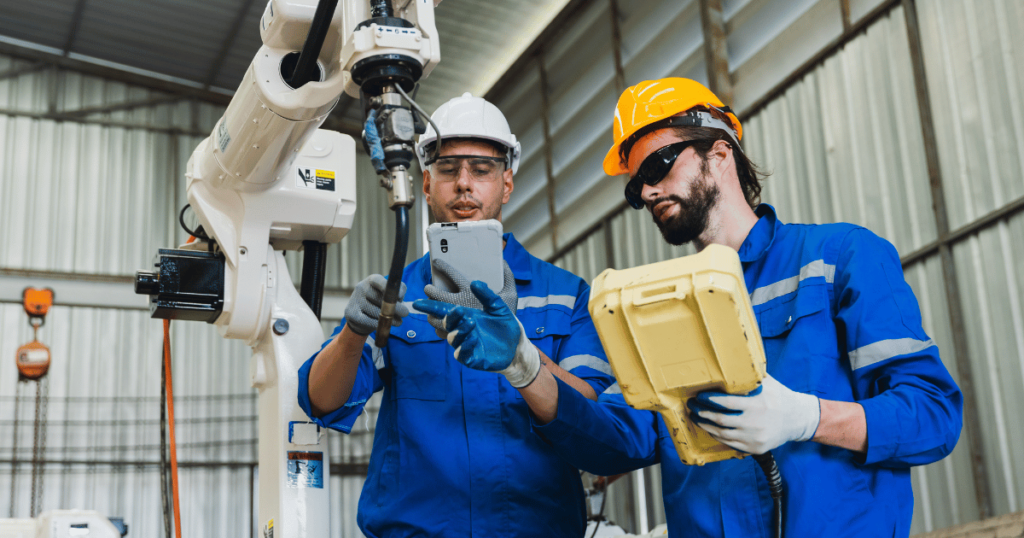
Current Trends Shaping Industrial Product Design
The industrial design landscape continues evolving rapidly, driven by technological advances and changing consumer expectations. Understanding these trends helps designers and businesses stay competitive while creating products that resonate with modern markets.
Sustainable design has become a dominant force, with products featuring sustainable claims now making up over 30% of new product launches. Companies like IKEA lead this movement by prioritizing sustainable sourcing and production methods, while manufacturers increasingly adopt biodegradable plastics, recycled components, and circular economy principles.
Artificial intelligence integration represents another major shift, with adoption rates for AI-powered design tools in industrial settings growing by up to 40% in the past two years. Google and automotive manufacturers showcase how AI enables rapid prototyping, predictive maintenance, and data-driven customization that creates personalized user experiences.
Minimalist aesthetics continue gaining momentum, with minimalist-inspired product launches accounting for an estimated 25% of new industrial design releases among global top manufacturers. Apple and Tesla exemplify this trend through clean lines and intuitive interfaces that reduce visual clutter while focusing on essential features.
Immersive technologies are revolutionizing both design processes and user experiences. Over 60% of large manufacturers now implement some aspect of AR/VR in their design workflows, while the market for AR/VR in industrial sectors is projected to surpass $20 billion by 2026. These tools enable collaborative prototyping and create interactive product experiences that enhance user engagement.
Human-centered design principles increasingly guide product development, with more than 70% of product launches now involving user-testing or co-creation with target audiences. Companies like Microsoft and Procter & Gamble integrate universal design principles to improve accessibility and compliance with global standards.
Learning from Industry Leaders
Recent successes from major companies provide valuable insights into effective industrial design strategies and their measurable impact on business performance.
Apple’s AirPods Pro (2nd Generation) demonstrates how user feedback and advanced ergonomic modeling can refine products for mass appeal. The company leveraged rapid digital simulations alongside real-world wear testing, incorporating sustainability through recycled materials while addressing challenges in miniaturizing components without sacrificing audio quality. This approach helped push Apple’s wearable revenue to $38.4 billion in 2023.
Tesla’s Cybertruck production model showcases how unconventional design approaches can generate market excitement despite manufacturing challenges. The company’s parametric software tools and physical prototyping process incorporated user feedback from over one million pre-order customers, requiring new factory tooling to accommodate the geometric, exoskeleton steel body design.
Dyson’s V15 Detect Cordless Vacuum illustrates successful technology integration through iterative prototyping and advanced sensor calibration. The company overcame challenges in integrating laser-detect technology without compromising battery life, resulting in a global bestseller that increased Dyson’s market share in cordless vacuums.
IKEA’s Symfonisk collaboration with Sonos demonstrates effective cross-industry partnerships. Co-design workshops ensured furniture and speaker requirements were met without trade-offs, helping IKEA expand access to quality home audio while attracting a younger, tech-forward demographic to drive significant smart home category growth.
Philips’ Eco Conscious Kettle (2024 Edition) exemplifies AI-driven sustainable design through life cycle analysis tools that guided material selection and prototyping. The company replaced traditional plastics with recycled and biobased materials while maintaining electrical safety, helping Philips surpass its 2025 sustainability targets early and grow market share in eco-friendly home appliances.

Skills and Roles in Industrial Product Design
Essential Skills for Industrial Designers
What does an industrial designer do? Modern industrial designers require a sophisticated blend of creative, technical, and interpersonal skills that enable them to navigate complex, multidisciplinary projects successfully. Problem-solving abilities, sketching proficiency, and deep understanding of ergonomics and user experience form the creative foundation of effective practice.
Technical competency in CAD, engineering drawing interpretation, and manufacturing process knowledge enables designers to translate concepts into manufacturable products. Industrial designers are expected to be highly skilled in using advanced digital tools for 3D modeling, rendering, and prototyping, with mastery of software like SolidWorks, Rhino, Autodesk Alias, and Adobe Creative Suite becoming essential for professional success.
Research skills prove vital for understanding user needs, market trends, and cultural influences that ensure designs remain relevant and competitive. Employers prioritize designers who understand user experience (UX) principles and can engage in human-centered design methodologies, as digital transformation accelerates across various sectors.
Communication and presentation abilities enable designers to articulate ideas clearly to team members, stakeholders, and clients throughout the development process. The ability to clearly present design concepts and processes—both visually and verbally—is crucial, with strong portfolios often determining interview success and job opportunities.
Adaptability and continuous learning remain necessary for keeping pace with evolving technologies, materials, and industry standards. Industrial designers who can demonstrate flexibility to work in diverse domains—such as healthcare, sustainability, and financial technology—are in high demand.
Career Prospects and Compensation
The industrial design profession offers promising career prospects with competitive compensation across various experience levels. The median salary for industrial designers reached $79,450 per year as of May 2024, while average salaries typically range between $80,000-$90,000 depending on location and experience.
Entry-level positions offer solid starting compensation, with most earning between $61,314–$76,578 annually. Experienced professionals see significantly higher earnings potential, as the top 10% of industrial designers earn more than $134,840 per year.
Employment outlook remains stable with 3% projected growth from 2023-2033, creating approximately 2,300 job openings per year within a workforce of roughly 34,000 industrial designers nationwide. Geographic location significantly impacts compensation, with urban areas and states concentrated in manufacturing, technology, or design industries typically offering premium salaries.
Collaborative Roles: Designers, Engineers, and More
Successful industrial product design depends on close collaboration among designers, engineers, product managers, and specialists including branding professionals, material scientists, and manufacturing experts. Each team member contributes unique expertise that strengthens the final product while ensuring all critical aspects receive proper attention.
Designers focus primarily on user needs, aesthetic considerations, and functional requirements, while engineers ensure technical feasibility, manufacturability, and cost-effectiveness throughout development. Product managers oversee the entire process, aligning design efforts with business goals and market requirements while managing timelines and resources.
Cross-functional teamwork promotes integration of diverse perspectives, leading to more innovative and well-rounded product solutions that address multiple stakeholder needs simultaneously. Companies seek designers who not only create appealing products but also think strategically about how design impacts broader business goals.
Early and ongoing collaboration helps streamline the development process, reduce costs, and minimize delays by addressing potential challenges proactively rather than reactively. This collaborative approach proves especially important as the compound annual growth rate (CAGR) for 2025 to 2033 is expected to range from 4.8% to 6.4%, driven by technological advancements and increased R&D investments.
Navigating Diverse Work Environments
Industrial designers operate across various settings, from design studios and corporate innovation centers to manufacturing facilities and multidisciplinary project teams. This diversity requires flexibility to adapt to different project scopes, team structures, and organizational cultures while maintaining design quality and user focus.
The nature of design work often involves balancing creative exploration with practical constraints including budget limitations, timeline pressures, and production capabilities. Successful designers learn to navigate these tensions while preserving the essential qualities that make products both desirable and viable.
Designers must communicate effectively with various stakeholders including clients, engineers, marketers, and manufacturers to ensure alignment and successful project outcomes. The field values collaboration, openness to feedback, and willingness to iterate and refine ideas throughout the design process.
Modern industrial design environments increasingly emphasize sustainability, with key projected trends for 2024–2025 including increased integration of smart products, adoption of sustainable materials, and use of advanced manufacturing techniques. These evolving priorities require designers to stay current with environmental considerations and emerging technologies.
Gembah: Your Partner in Industrial Product Design
Gembah offers integrated support for product design and development, combining design, engineering, and manufacturing expertise. Founded in 2017 in Austin, Texas, the company has raised $14.28M and built a network of over 600 designers and 2,000 factories.
Their user-centered approach streamlines product development through a structured workflow involving research, design synthesis, and rigorous evaluation. Key phases include 3D CAD development, cost analysis, and collaboration with global factories to optimize products for mass production.
Prototyping focuses on building functional prototypes and gathering user feedback for improvements. Gembah delivers comprehensive “Design Packs” for global manufacturing, ensuring that products meet both user needs and manufacturability.
With successful projects for clients like Kate Bray and MUD\WTR, Gembah effectively transforms ideas into market-ready products.
